#*historyedit
Explore tagged Tumblr posts
Text








JENIN, JENIN (2002) dir. Mohammad Bakri
#jenin jenin#palestinians#documentary#usertravelllar#filmgifs#moviegifs#documentaryedit#pocedit#historyedit#dailyworldcinema#worldcinemaedit#mohammad bakri#anti colonialism#anti imperialism#anti zionism#**#scheduled#palestine
10K notes
·
View notes
Text
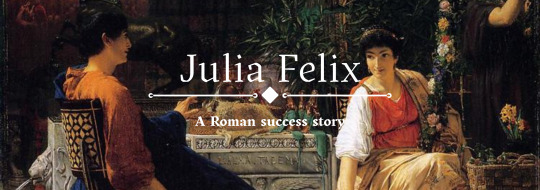
"Here’s what we know about Julia Felix: she lived in Pompeii from at least 62 CE. She was possibly illegitimate but was definitely not a member of the social and cultural elite. She worked for a living setting up and running a very interesting business and, by 79 CE, she had planned to shift her focus from managing a business to owning property. We know all these things because twentieth-century excavations at her business uncovered an advert, carved in stone and attached to the external wall of her huge building. It reads:
"To rent for the period of five years from the thirteenth day of next August to the thirteenth day of the sixth August, the Venus Bath fitted for the nogentium, shops with living quarters over the shops, apartments on the second floor located in the building of Julia Felix, daughter of Spurius. At the end of five years, the agreement is terminated."
This find illuminated the building it was attached to, bringing what otherwise looked like a very large anonymous domestic house into dazzling focus. With this description of the purpose of each room written by the owner herself, archaeologists and historians could see the site through a whole new lens and they realised that they had discovered a Roman entertainment space for the working middle classes. It is, so far, a completely unique find and it is magnificent. It offers us, as modern viewers, two amazing things: a little glimpse into the lives of the commercial classes of the Roman Empire who are so often completely and utterly invisible, and a brutal reminder that so much of what we ‘know’ about Roman women in the Roman world comes from rules concerning only the most elite.
We’ll do that second part first, because it’s the least fun. Roman written and legal sources are pretty universal in their agreement that although women could own property, they could not control it; they had no legal rights, could not make contracts and were to be treated as minors by the legal system for their entire lives. In order to buy or sell property women required a male guardian to oversee and sign off on any transactions. This is a basic truism of women in the Roman Empire, repeated ad nauseum by sources both ancient and modern including me, and it is undermined by Julia Felix’s rental notice.
The rental ad makes it pretty clear that Julia Felix is the owner-operator of a business complex including public baths, shops and apartments (there’s more too, as we’ll see), and she doesn’t seem to require anyone else to help her rent it out. She names her father – sort of; ‘Spurius’ might just mean that she is illegitimate – but this is effectively a surname, a personal identifier to differentiate her from other Julia Felixes in the area. It doesn’t mean her father was involved. Furthermore, the use of her father’s name as an identifier suggests that Julia didn’t have a husband and was either unmarried or widowed in 79 CE. The strong implication of her advert is that Julia Felix was an independent lady, a honey making money and a momma profiting dollars who could truthfully throw her hands up to Destiny’s Child.

We will never know if Julia escaped the flames and choking ash of 79 CE, fleeing as it swallowed her business and her home, but one discovery, made on 28 January 1952, suggests that she didn’t. The archaeologists, led by Amedeo Maiuri, uncovered on that day the skeleton of a woman who had fallen while running across the garden during the disaster. It’s clear this fallen woman was well off, because she was wearing a lot of gold jewellery. She carried four gold half-hoop earrings and wore four gold rings. Two of these rings were particularly expensive; both contained a red carnelian gem, one carved with a figure of Mercury, the other with an eagle. Around her neck she wore a necklace of gold filigree, dotted with ten pearls and hung with a green pendant. Someone stole both the necklace and earrings from the Pompeii Antiquarium in 1975 and no one, somehow, had ever bothered to photograph them so all we have are descriptions but the rings that survive are fine and expensive. The woman who wore them – was wearing them when she died – had real money to buy these objects and the woman who wore them did'nt leave Pompei in time.
Moreover, when she was found it was clear that at the moment of her death she was heading not towards the street or towards safety, but towards the shrine to Isis in the garden where all the most valuable possessions were kept. The valuable possessions that Julia Felix grafted for and maybe couldn’t bear to leave behind. There’s no way to tell whether this skeleton is Julia Felix, whether these bones once stood and looked at the plots of land Julia bought and made plans, or whether they belong to a looter or a chancer or someone just caught out. But it’s nice to pretend that Julia Felix, who shaped the city’s roads around her dream and offered respite and luxury to workers and made a tonne of money doing it, died and was buried with the place that still bears her name."
A Rome of One's Own: The Forgotten Women of the Roman Empire, Emma Southon
#julia felix#historyedit#history#women in history#ancient rome#pompei#businesswomen#italy#italian history#roman history#roman empire#1st century#historyblr#historical figures
701 notes
·
View notes
Text





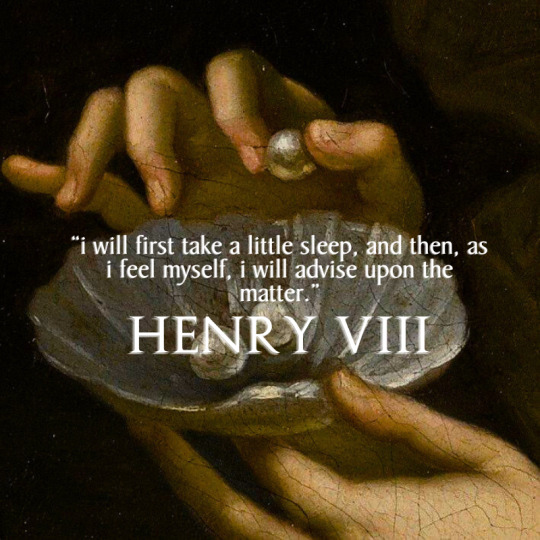













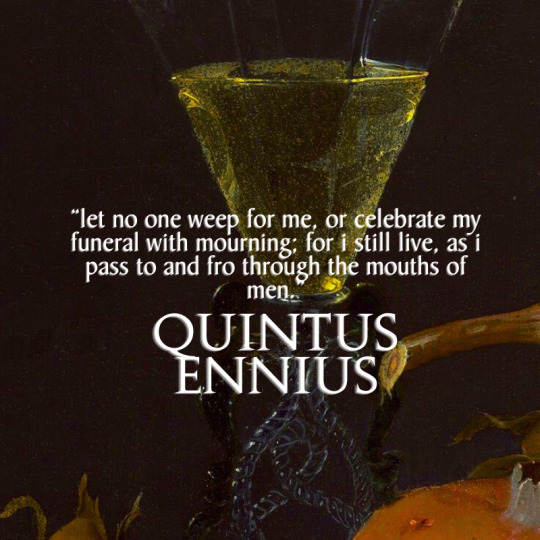



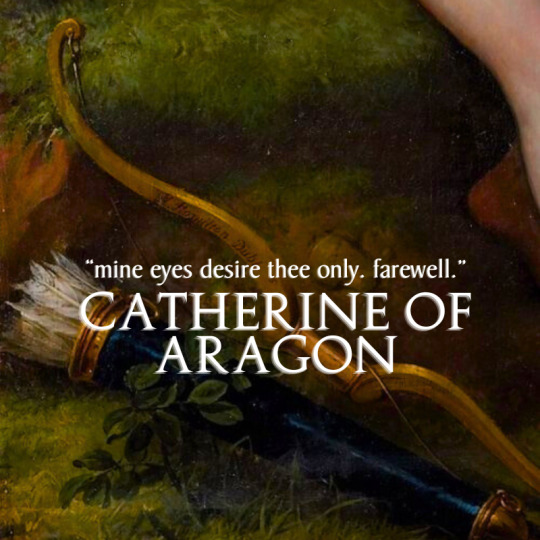

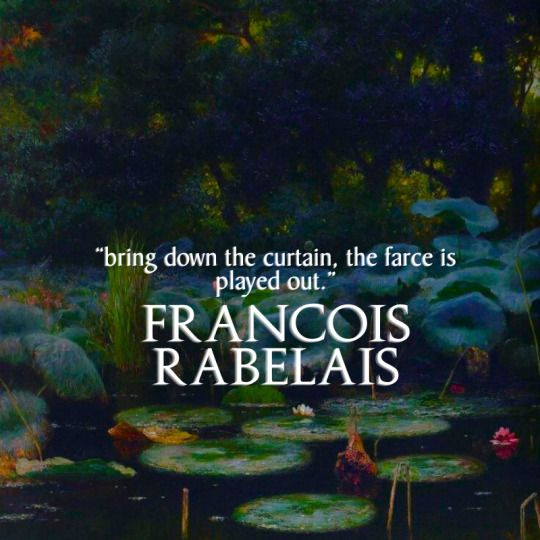




history + last words
#history#art#karl marx#mozart#voltaire#emily dickinson#alexander the great#vincent van gogh#jane austen#ludwig van beethoven#alfred hitchcock#catherine of aragon#leonardo da vinci#historyedit#*mine
3K notes
·
View notes
Text








Catherine Parr in Art* vs Catherine Parr in Firebrand [Costumes designed by Michael O'Connor]
*Catherine sat for the Family of Henry VIII portrait in lieu of Jane Seymour who appeared in the portrait.
#firebrand#firebrandedit#perioddramaedit#historyedit#catherine parr#katherine parr#katheryn parr#katharine parr#jane seymour#alicia vikander#ours: edit#ours#movie: firebrand
428 notes
·
View notes
Text

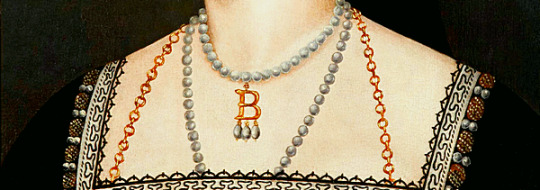

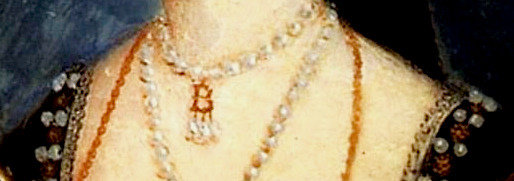



𓅃 ANNE BOLEYN WEEK 2024 𓅃
day seven | free day
To say it’s archetypal isn’t actually doing it justice. It’s flat-out impossible to envision Anne Boleyn without her pearl-and-gold “B” necklace – a fact that filmmakers and book cover designers seem to agree with. ... We think Anne owned at least four ‘initial’ pieces during her lifetime; it seems she had her famous “B” of course, an “A”, an “AB” and an “AH” for her and Henry. - Erin Lawless
ANNE BOLEYN'S "B" NECKLACE
#the tudors#anne of a thousand days#the other boleyn girl#the spanish princess#perioddramaedit#historyedit#anne boleyn#my edits#anneboleynweek2024
732 notes
·
View notes
Text






↳ house woodville & house boleyn + parallels (requested by anonymous)
#house woodville#house boleyn#elizabeth woodville#anne boleyn#english history#parallels#history#historyedit#my gifs#parallels*#creations*#requested*
435 notes
·
View notes
Text
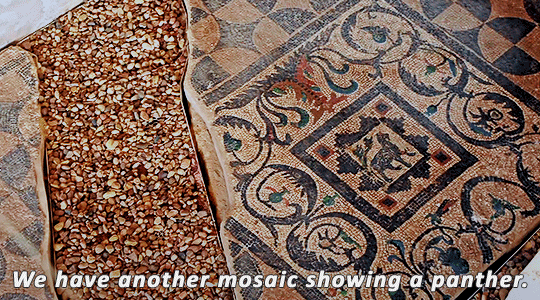


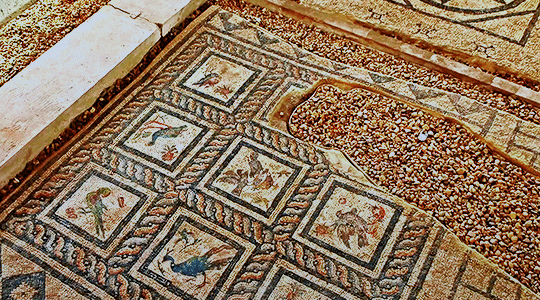
ANCIENT EGYPT BY TRAIN (2023) — 1.01 Alexandria
#egypt#ancient egypt#egyptology#archaeology#historyedit#documentary#gifsbyancientegyptdaily#doc: ancient egypt by train#alice roberts#roman egypt#alexandria#mahmoud abd el rahman
632 notes
·
View notes
Text



TUDOR WEEK 2024
Day 5 - Friday, 18th of October: Favourite Tudor Iconography - Catherine of Aragon's Pomegranate
But although she was almost fourteen by the time she saw the golden walls of Granada again, the city was clearly very important to Katherine. When she left her homeland to marry abroad, she had to choose a personal badge. She chose the pomegranate. She never said why. Yet while she probably had many reasons for her choice, we have a clue to one of them: the Spanish word for pomegranate is “granada.” -- Sister Queens: The Noble, Tragic Lives of Katherine of Aragon and Juana, Queen of Castila by Julia Fox
#catherine of aragon#the spanish princess#tudorweek2024#tudoredit#thespanishprincessedit#perioddramaedit#periodedit#adaptationsdaily#tvedit#usergif#womendaily#dailyflicks#tvgifs#dailytudors#dailywomen#historyedit#creations
218 notes
·
View notes
Text



If there is love enough, then nothing - not nature, not even death itself - can come between two who love each other. The SONS OF YORK will destroy each other, one brother destroying another, uncles devouring nephews, fathers beheading sons. THE WHITE QUEEN (2013)
#the white queen#twqedit#perioddramaedit#pscentral#historyedit#perioddramasource#thewhitequeenedit#by zaynab#*usergif#userzil#userlenna#tusereliza#tuseraixa#usersjen#userhellshee#edward iv#george clarence#richard iii#userfefa#userbennet
960 notes
·
View notes
Text





“Cesare Borgia was a Spanish-Italian cardinal who resigned his church office to became a military commander, powerful lord, and a leading figure in the politics of his era. The acknowledged but illegitimate son of Pope Alexander VI, Borgia was the sibling of Lucrezia, Juan and Gioffre Borgia. Cesare was a brilliant general who lived during the period when the papacy was a both a spiritual and military power. Cesare Borgia’s actions greatly advanced the domain of the Papal States after his father became pope. Simultaneously, Cesare became a powerful political figure in his own right. His amassed titles included Duke of Valentinois and Romagna; Prince of Andria and Venafro; Count of Dyois; Lord of Piombino, Camerino, and Urbino.
Cesare was also a brilliant military commander and a skillful statesman. He was greatly admired by Niccolò Machiavelli, who was at Borgia’s court from October 7, 1502 through January 18, 1503. During this time, Machiavelli wrote regular dispatches to his superiors in Florence, many of which have survived and are published in Machiavelli’s collected works. Machiavelli also used many of Borgia’s exploits and tactics as examples in The Prince, and advised politicians to imitate Cesare. Two episodes were particularly impressive to Machiavelli: The method by which Borgia pacified the Romagna, and his tactics leading up to the execution of his rebellious captains in Senigallia. A man of scientific rather than artistic interests.
Cesare also married Charlotte d'Albret, a sister of the king of Navarre. The couple had a daughter: Louise Borgia.
Cesare died at the siege of the Spanish town of Viana in 1507, at the age of 31.”
#tvedit#historyedit#perioddramaedit#cesare borgia#the borgias#zanisummers#tuserlou#userhann#userfish#userhayf#userclayy#usersjen#usermyr#userlenna#userzaynab#tusereliza#tuserava#by tha#my boyfriend is back and he's cooler than ever
294 notes
·
View notes
Text




Becoming Frida Kahlo (2023)
2K notes
·
View notes
Text




BBC MUSKETEERS— Aramis in 01x04 “The Good Soldier”, 01x05 “The Homecoming”, 01x06 “The Exiles”, and 01x08 “The Challenge” for @odysseusilver
#jack's gifs#aramis#bbc musketeers aramis#aramis bbc musketeers#bbc musketeers#bbc the musketeers#musketeersedit#musketeers edit#themusketeersedit#bbcmusketeersedit#the musketeers#the musketeers bbc#santiago cabrera#historyedit#perioddramaedit#perioddramasource#perioddramagif#dailyflicks#dailyfilmsource#dailyfilmandtv#dailyfilmtvgifs#tvgifs#tvseriesedit#tvedit#filmgifs#filmedit#cinemapix#tvfilmsource#tvfilmgifs#tvfilmdaily
291 notes
·
View notes
Text

"Women could be found working on construction sites, if only occasionally, including in specialized roles such as carpenters and masons. The research is found in the article, “Appropriate to Her Sex?” Women’s Participation on the Construction Site in Medieval and Early Modern Europe,” by Shelley E. Roff.
She surveyed a wide variety of records from throughout Western Europe, including tax records, inventories of wages paid on construction sites, and municipal accounts, and discovered numerous instances of women working alongside men on construction sites as far back at the 13th century. Most of these women were employed as day laborers, carrying out tasks such as moving water and building supplies around the sites, digging ditches and serving as assistants to bricklayers and stonemasons. For example, in the Spanish city of Seville during the 14th century, women were hired to dig trenches for the foundation of a new city wall, while at the nearby city of Toledo, one or two women were hired each day for the construction of the city’s cathedral, where they gathered lime and worked on the roof. Meanwhile in the French city of Toulouse, almost half the laborers working on the Perigord college site were women. Ross also finds several examples from England and Germany.
Roff notes that previous historians have seen many examples of women working on construction sites in their research, but they had believed that these were just abnormal exceptions caused by economic crises, or because the male population had been killed off through war or disease. But her new study suggests that women construction workers were more than just odd occurences. She explains that “the expansion of urban centers starting in the thirteenth century set off a trend of increasing female employment for day laborers and in the crafts, which only began to contract on occasion for women working in the crafts in the sixteenth century with ensuing economic crises.”
She also notes that in almost all accounts surveyed, the women were paid at a lower rate than the men, which would make the “a cost-effective solution” for site supervisors looking for ways to reduce expenses. The women who took these jobs would have come from society’s poor – those women who could not maintain their households and families just from their husbands’ (if they had one) income.
Roff also finds records showing women taking part in specialized building trades. In London in 1383, Katherine Lightfoot is recorded as the supplier of 2,000 painted tiles for bath in the King’s palace. Meanwhile, tax records from Paris during the years 1296 and 1313 reveal the existence of two female masons, a tiler and a plasterer. These women were not poorer individuals, rather they were the wives of male craftsman, and in some cases their widows. The 15th-century French writer Christine de Pizan noted in her book The Treasury of the City of Ladies that craftswomen, “should learn all the shop details so that she can properly supervise the workers when her husband is away or not paying attention.”
Women workers could be found on the medieval construction site, Medievalists.net
#history#women in history#women's history#working women#historyedit#middle ages#medieval women#medieval history#european history#french history#spanish history#historical#historyblr
790 notes
·
View notes
Text



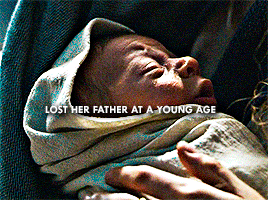

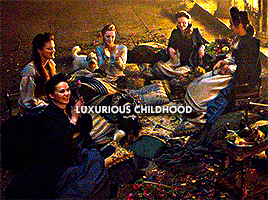






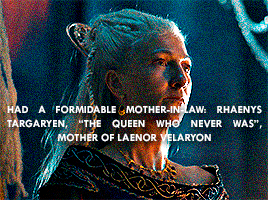





Rhaenyra Targaryen and Mary, Queen of Scots + parallels (Part 1/2)
#userstream#perioddramaedit#hotdedit#asoiafedit#historyedit#gotedit#emmadarcyedit#targaryensource#cinematv#mine#my stuff#hotd&history*#rhaenyratargaryencentral#userthing#rhaenyratargaryenedit#underbetelgeuse#periodedit
735 notes
·
View notes
Text








Historical Indigenous Women & Figures [6]:
Queen Nanny: the leader of the 18th century Maroon community in Jamaica, she led multiple battles in guerrilla war against the British, which included freeing slaves, and raiding plantations, and then later founding the community Nanny Town. There are multiple accounts of Queen Nanny's origins, one claiming that she was of the Akan people from Ghana and escaped slavery before starting rebellions, and others that she was a free person and moved to the Blue Mountains with a community of Taino. Regardless, Queen Nanny solidified her influence among the Indigenous People of Jamaica, and is featured on a Jamaican bank note. Karimeh Abboud: Born in Bethlehem, Palestine, Karimeh Abboud became interested in photography in 1913 after recieving a camera for her 17th birthday from her Father. Her prestige in professional photography rapidly grew and became high demand, being described as one of the "first female photographers of the Arab World", and in 1924 she described herself as "the only National Photographer". Georgia Harris: Born to a family of traditional Catawba potters, Harris took up pottery herself, and is credited with preserving traditional Catawba pottery methods due to refusing to use more tourist friendly forms in her work, despite the traditional method being much more labour intensive. Harris spent the rest of her life preserving and passing on the traditional ways of pottery, and was a recipient of a 1997 National Heritage Fellowship awarded by the National Endowment for the Arts, which is the highest honor in the folk and traditional arts in the United States. Nozugum: known as a folk hero of the Uyghur people, Nozugum was a historical figure in 19th century Kashgar, who joined an uprising and killed her captor before running away. While she was eventually killed after escaping, her story remains a treasured one amongst the Uyghur. Pampenum: a Sachem of the Wangunk people in what is now called Pennsylvania, Pampenum gained ownership of her mother's land, who had previously intended to sell it to settlers. Not sharing the same plans as her mother, Pampenum attempted to keep these lands in Native control by using the colonial court system to her advantage, including forbidding her descendants from selling the land, and naming the wife of the Mohegan sachem Mahomet I as her heir. Despite that these lands were later sold, Pampenum's efforts did not go unnoticed. Christine Quintasket: also known as "Humishima", "Mourning Dove", Quintasket was a Sylix author who is credited as being one of the first female Native American authors to write a novel featuring a female protagonist. She used her Sylix name, Humishima, as a pen name, and was inspired to become an author after reading a racist portrayal of Native Americans, & wished to refute this derogatory portrayal. Later in life, she also became active in politics, and helped her tribe to gain money that was owed them. Rita Pitka Blumenstein: an Alaskan Yup'ik woman who's healing career started at four years old, as she was trained in traditional healing by her grandmother, and then later she became the first certified traditional doctor in Alaska and worked for the Alaska Native Tribal Health Consortium. She later passed on her knowledge to her own daughters. February 17th is known as Rita Pitka Blumenstein day in Alaska, and in 2009 she was one of 50 women inducted into the inaugural class of the Alaska Women's Hall of Fame Olivia Ward Bush-Banks: a mixed race woman of African American and Montaukett heritage, Banks was a well known author who was a regular contributor to the the first magazine that covered Black American culture, and wrote a column for a New York publication. She wrote of both Native American, and Black American topics and issues, and helped sculptor Richmond Barthé and writer Langston Hughes get their starts during the Harlem Renaissance. She is also credited with preserving Montaukett language and folklore due to her writing in her early career.
part [1], [2], [3], [4], [5] Transphobes & any other bigots need not reblog and are not welcome on my posts.
547 notes
·
View notes
Text










THOSE ABOUT TO DIE ↳ Season 1 ↳ Episode 5 ↳ Betrayal
#those about to die#tabtdedit#tvedit#cinematv#tenax#cala#cala x tenax#amazonedit#iwan rheon#sara martins#periodedit#perioddramaedit#perioddramasource#weloveperioddrama#amazone prime#mediagifs#tvarchive#tvandfilm#pocsource#historyedit
383 notes
·
View notes